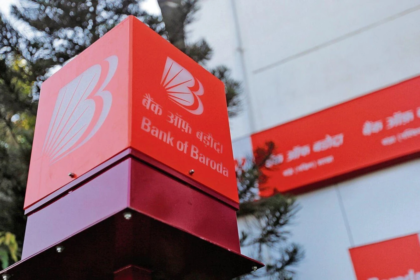Senco Gold reported a 22% YoY growth in revenue for Q3 FY25, reaching ₹2,000 crore. This growth was driven by strong festive season demand and a boost from the government’s decision to reduce import duties. The company achieved its highest-ever October revenue of ₹1,000 crore, contributing to total sales of ₹4,874 crore during the first nine months of FY25. Senco Gold expects to exceed ₹6,000 crore in revenue for the full financial year, targeting a growth rate of 19%-20%.
The company currently operates 170 stores and plans to add 18-20 more in Q4 FY25, which would bring the total to approximately 188-190 stores. At the end of FY24, Senco had 159 stores, indicating a store expansion rate of 19% for FY25. This rate aligns with the company’s sales growth projections.
In comparison, Kalyan Jewellers, which has a market capitalization of ₹65,000 crore, is 7x larger than Senco Gold’s market cap of ₹9,000 crore. Despite its larger size, Kalyan’s pace of revenue growth in Q3 was nearly double that of Senco Gold. This trend has been consistent across recent quarters. Kalyan also demonstrated a higher store expansion rate from a larger base compared to Senco.
The differences in growth and scale can be partly explained by the product portfolios and geographical presence of the two companies. Kalyan Jewellers focuses on higher-ticket-size jewelry, with an average ticket size of ₹1.5 lakh to ₹2 lakh. In contrast, Senco Gold primarily sells lightweight jewelry, with an average ticket size of ₹60,000 to ₹65,000.
Kalyan Jewellers has a well-established presence in South India, a region that accounts for approximately 40% of India’s gold jewelry demand. Over time, the company has expanded to other parts of the country, achieving a balanced revenue contribution of 50% from South India and 50% from non-South regions. Many of Kalyan’s existing stores in the South have experienced more than 20% revenue growth.
Senco Gold, on the other hand, has a stronghold in Eastern India, with more than 85% of its business originating from West Bengal and Assam. While the company has expanded to other regions, its primary market remains the East, where the demand for higher-ticket-size jewelry is lower compared to other parts of India.







